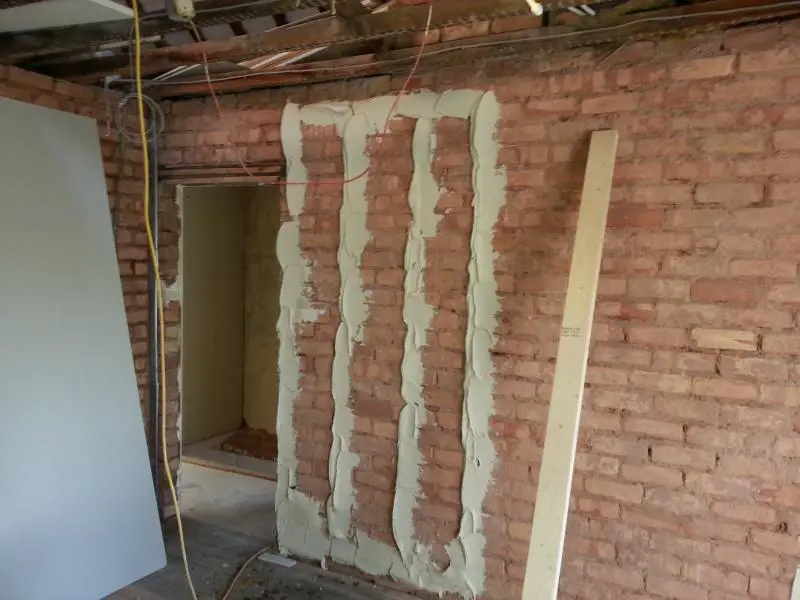It's nothing like a sponge, more like coral.It's full of air bubbles, it's a sponge. I know what foamed polyurethane is like, it's definitely not rigid.
I'd just get it wet plastered anyway, can't stand dry-lining myself. Seems a shame to take a solid wall and turn it into something that feels like a newbuild flat, that sounds like a cardboard box if you tap it.
A bit like a stud wall then, only a lot more solid.
Dabbing is also thermally efficient as long as it done correctly, i.e....
Nonsense.Plus you can't reliably fix anything to it, at least not without a major operation. Chasing out for any future additional wiring is pretty much impossible.
EDIT TO ADD: The sheathing effect of the dabbed boards also means that they will serve to stiffen say a poorly constructed block wall.
Last edited:



